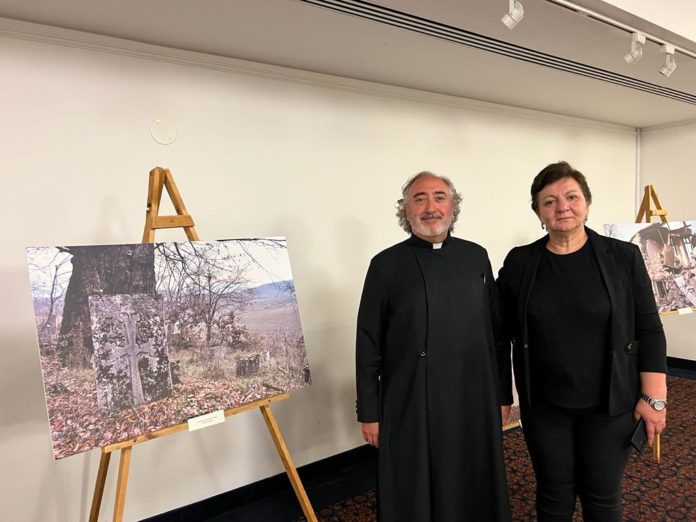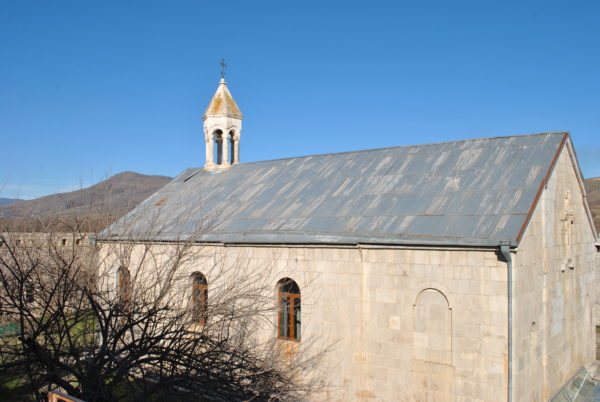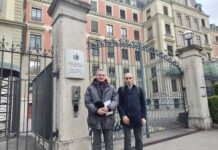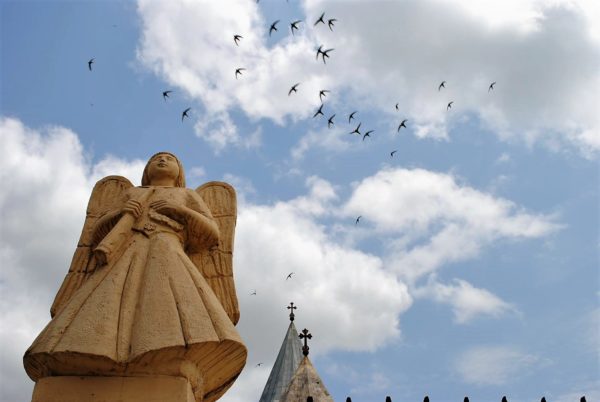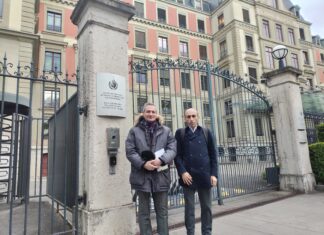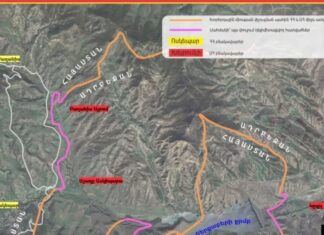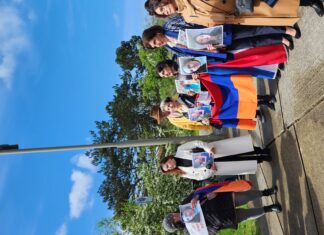By Florence Avakian
NEW YORK — It was more like an Armenian homecoming, as a curious but passionately interested audience gathered together on Thursday, May 26 at the Armenian Diocese to see exquisite photographs of Artsakh churches and villages, and hear of the latest developments from Dr. Marina Mchitarian who had spent many weeks visiting the area and speaking with several inhabitants.
The presentation titled, “Artsakh: Angel of Peace,” is embodied and symbolized in two white statues before the Ghazanchetsots cathedral standing spiritual and proud. Following the catastrophic invasion of Artsakh by Azerbaijan and Turkey, almost 75 percent of this beloved territory has been occupied by the enemy, and the Armenian inhabitants in the 25 percent still under Armenian control are continually attacked.
The event was planned and sponsored by the Zohrab Information Center under the directorship of Dr. Jesse Arlen who was not able attend due to illness. Some attendees (including this writer) had visited this ancient and beautiful Armenian land, but many had come to learn more and see the display of unique photographs.
Opening the program, and introducing the speaker, the Diocesan Vicar, the Very Rev. Simeon Odabashian welcomed the crowd and called Mchitarian “a heroine.” He stated that the “44-Day War and the occupation of our beloved land has deeply affected all Armenians.”
Throughout her deeply emotional talk, accentuated by her passionate love for this millennia-long Armenian land with its picturesque landscape of mountains, greenery, waterfalls, lakes, churches, monasteries, and khachkars, Mchitarian revealed that she had first visited Artsakh in 2007.



